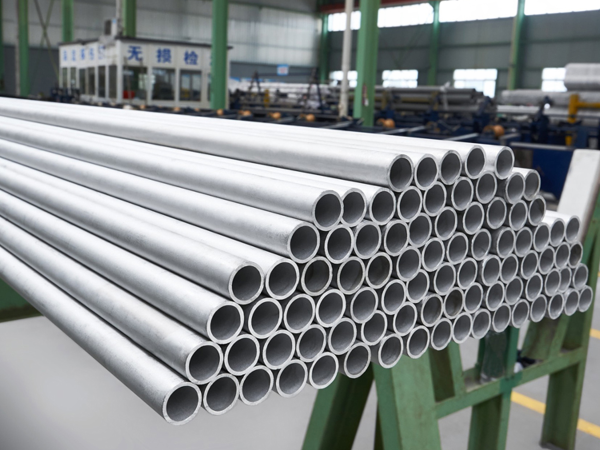Hardness testing method of stainless steel seamless pipe:
Stainless steel seamless pipes (ss seamless pipe) should be tested for mechanical properties. Stainless steel seamless pipes are widely used in the manufacture of structural parts and mechanical parts, such as oil
drill pipes, automobile drive shafts, bicycle frames, and steel scaffolds used in construction. Steel pipes are used to make ring parts, which can improve material utilization, simplify manufacturing processes, and save Materials and processing time have been widely used to manufacture steel pipes. There are two main types of mechanical property testing methods, one is tensile test and the other is hardness test.
The tensile test is to make a stainless steel seamless pipe into a sample, pull the sample to fracture on a tensile testing machine, and then measure one or several functional properties, usually only tensile strength, yield strength, and elongation after fracture and reduction of area. The steel used for boiler pressure components used in 20G high-pressure boiler tubes is generally used in boilers below 39 kg. In order to be used under higher pressures, the heating surface tubes are often designed to be very thick.

In order to reduce thermal resistance and save steel, to ensure the safety of steel for higher or high pressure boilers, and to reduce the amount of steel used, 16MnG is generally used. At the same time, there are also special steels added with metal and non-metal materials such as rare earth and magnesium. This will improve the performance of the boiler steel, reduce the consumption of steel, and also reduce the thermal resistance. Tensile test is the basic mechanical performance test method of metal materials. Almost all metal materials have specified tensile test as long as there are requirements for mechanical properties. Especially for those materials whose shapes are not convenient for hardness testing, tensile testing has become a means of testing mechanical properties.
The hardness test is to slowly press a hard indenter into the surface of the sample according to the specified conditions, and then test the depth or size of the indentation to determine the hardness of the material. Hardness test is a simple, rapid and easy-to-implement method in material mechanical performance test. The hardness test is non-destructive, and there is an approximate conversion relationship between the material hardness value and the tensile strength value. The hardness value of the material can be converted into the tensile strength value, which has great practical significance.
Since the tensile test is not convenient for testing, and it is very convenient to convert from hardness to strength, more and more people only test the hardness of materials and seldom test their strength. Stainless steel seamless pipes have a hollow cross-section and are widely used as pipes for conveying fluids, such as pipes for conveying oil, natural gas, gas, water and certain solid materials. Compared with solid steel such as round steel, the steel pipe is lighter in weight when it has the same flexural and torsional strength, and is an economical section steel. Especially due to the continuous improvement and innovation of hardness tester manufacturing technology, some materials that could not directly test the hardness before, such as stainless steel seamless pipe, stainless steel (stainless acid-resistant steel) plate and stainless steel strip, etc., are now possible to directly test the hardness . Therefore, there is a tendency that the hardness test gradually replaces the tensile test.


